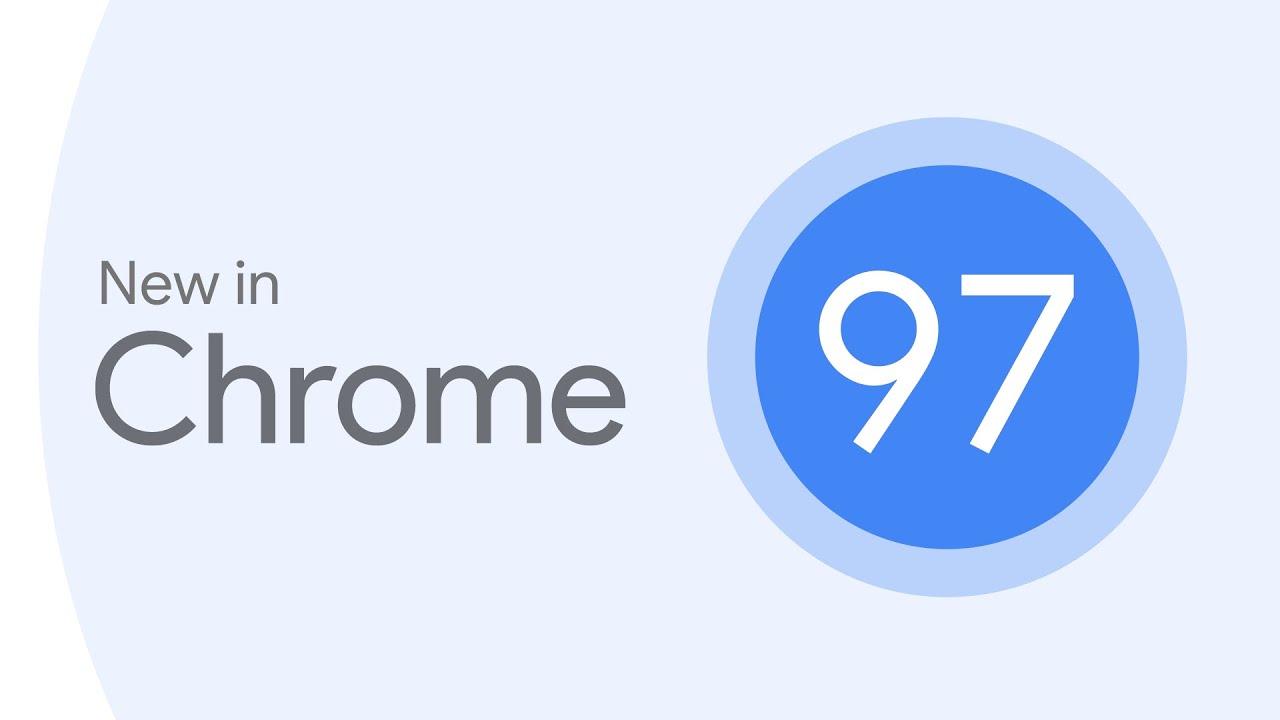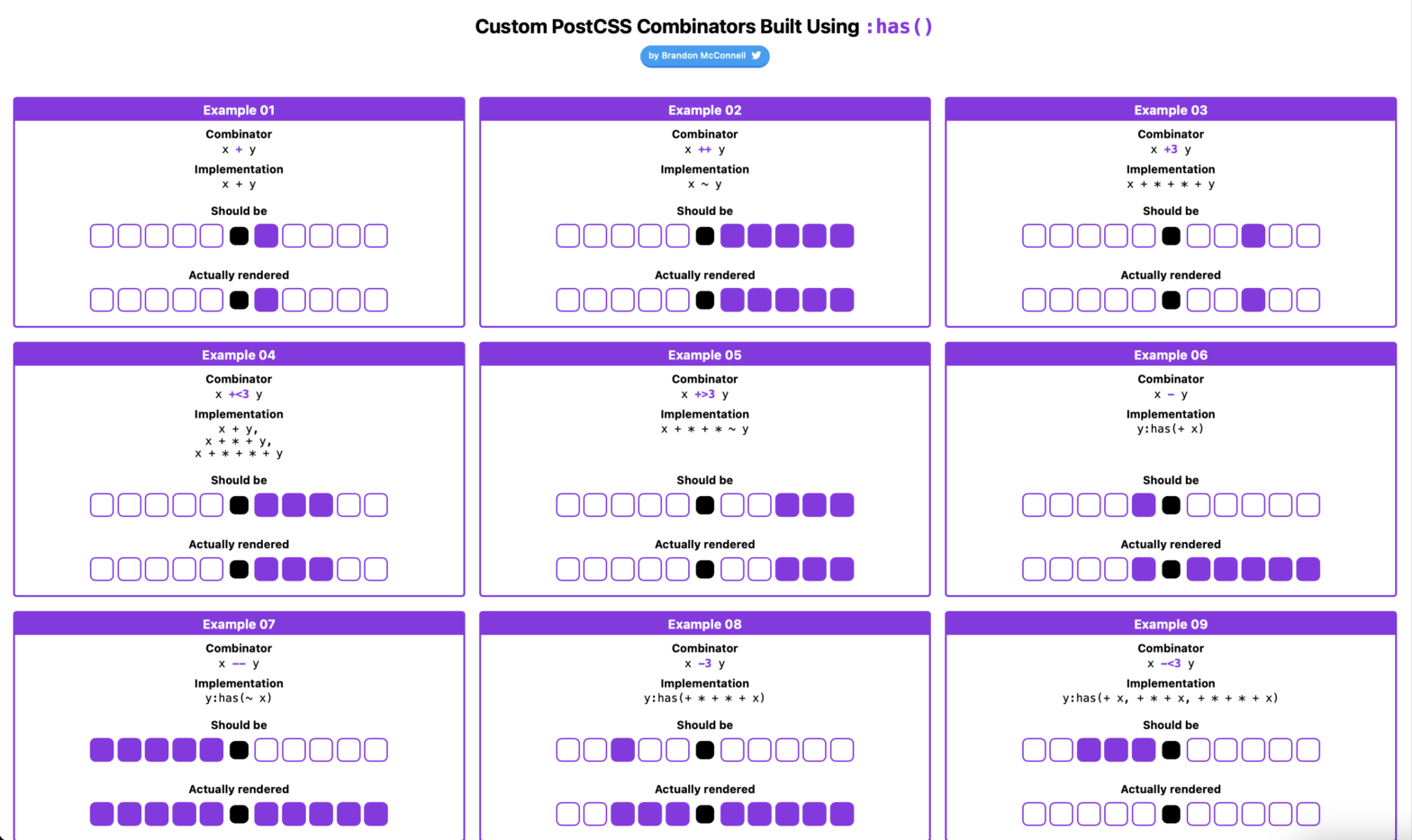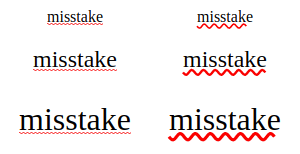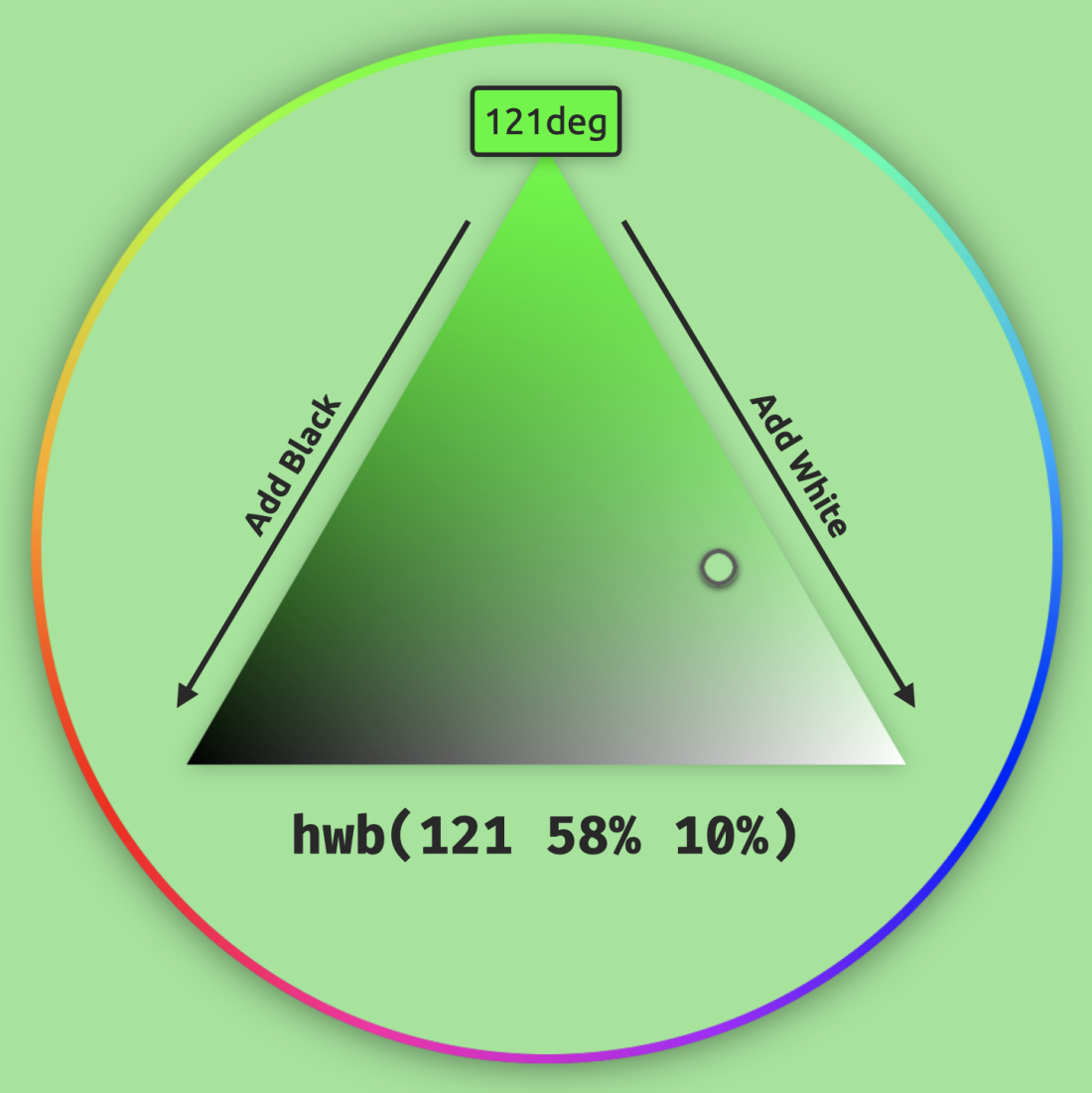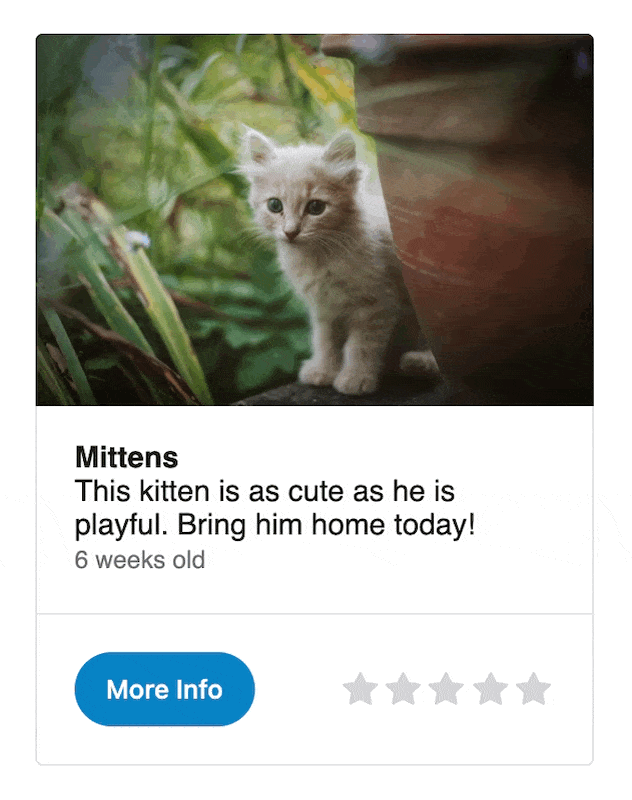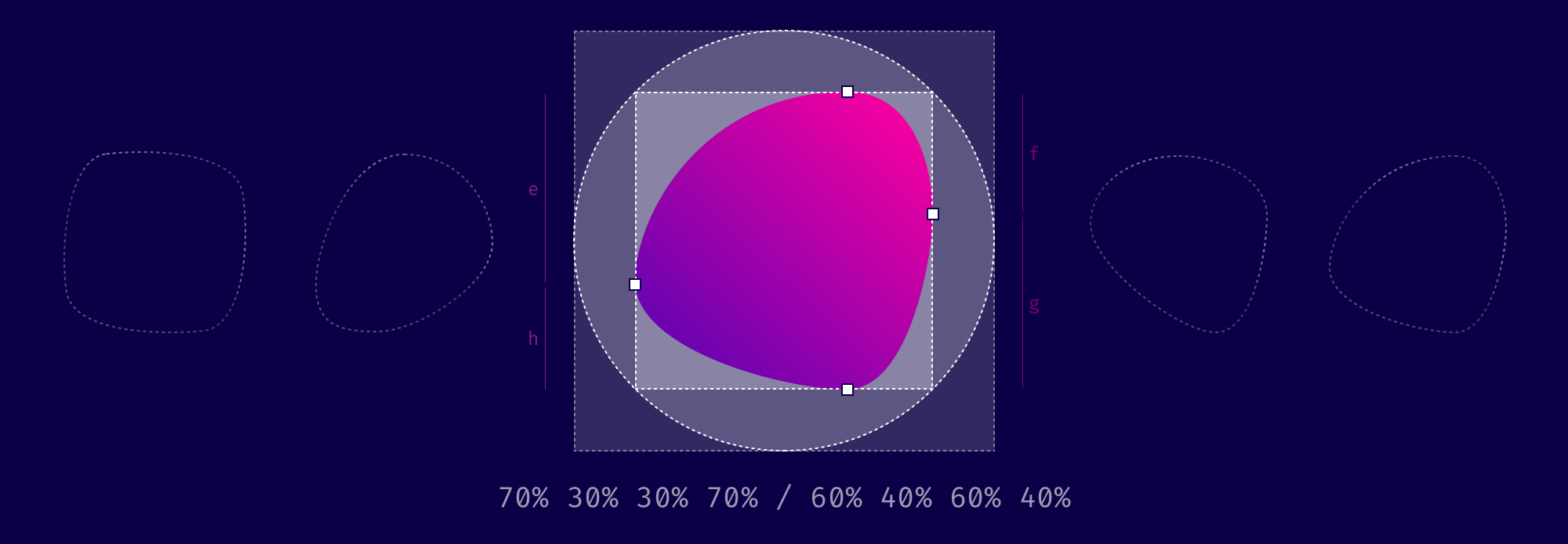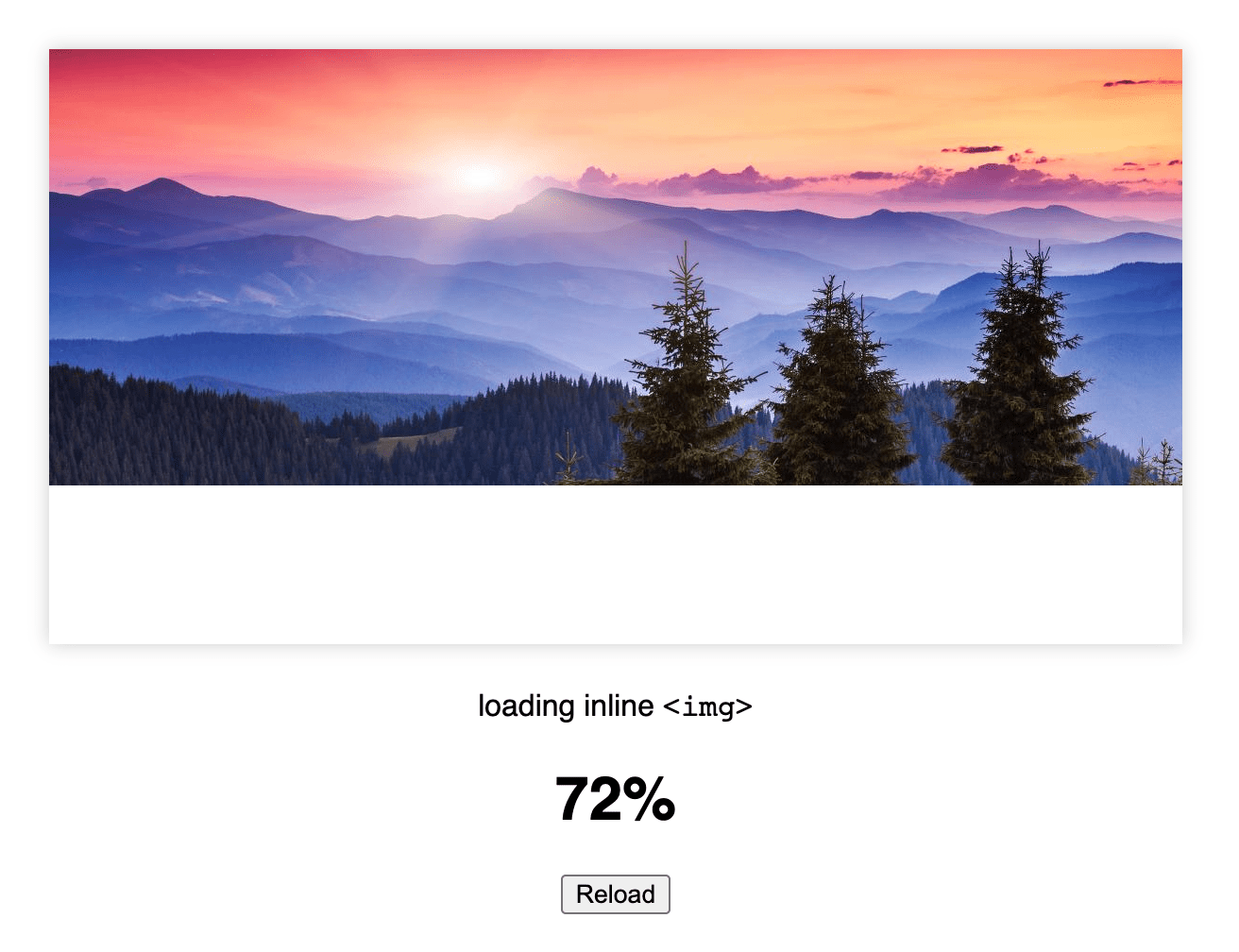
If you don’t want to directly use the Web MIDI API, you can use WEBMIDI.js WEBMIDI.js makes it easy to interact with MIDI instruments directly from a web browser or from Node.js. It simplifies the control of physical or virtual MIDI instruments with user-friendly functions such as playNote(), sendPitchBend() or sendControlChange(). It also allows reacting …
Continue reading “WEBMIDI.js — Send and receive MIDI messages with ease”
